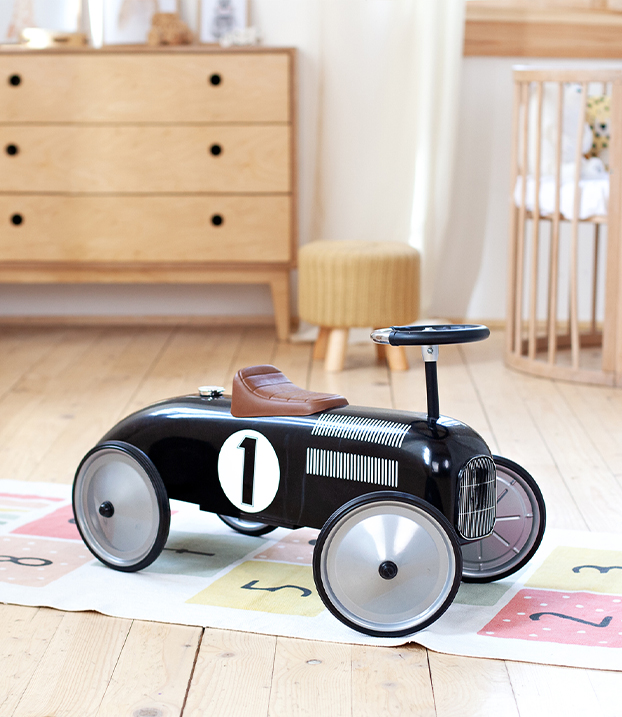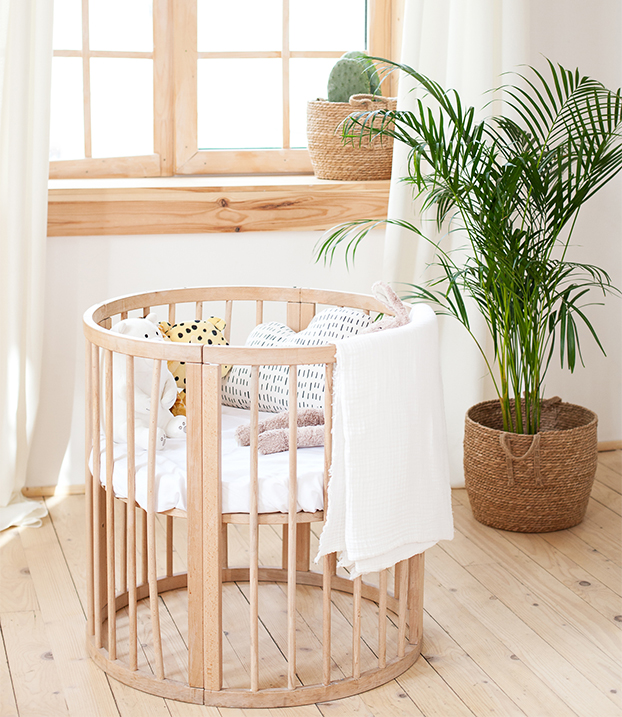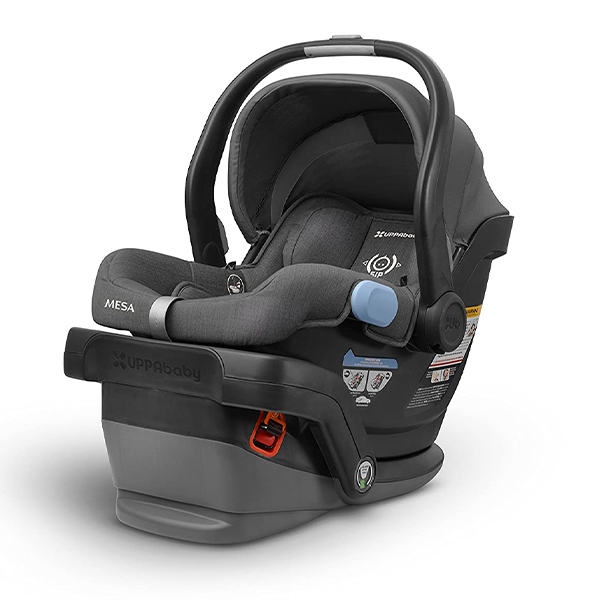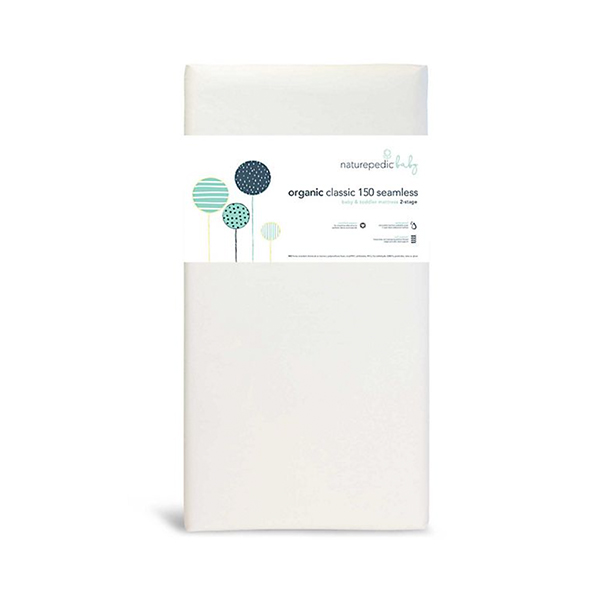How to Avoid Flame Retardants
Denise Vasi
There’s no shortage of things to worry about as parents—toxic sunscreen, lead in baby food, global pandemics, the list goes on. One thing that might not be on your radar is flame retardants, but it’s time to get worried. There’s overwhelming evidence that flame retardants are harmful to children’s health, yet they continue to be used in products ranging from crib mattresses to car seats and even stuffed animals.
Here’s everything you need to know about flame retardants.
What Are Flame Retardants?
Flame retardants is an umbrella term used for a wide range of chemicals that are added to consumer products in order to slow or prevent fires. If you do a deep-dive into the history of flame retardants, you’ll find that their widespread use came about with the help of Big Tobacco; when under pressure to start manufacturing fire-safe cigarettes, tobacco companies diverted attention to furniture manufacturers instead, claiming it was their responsibility to make sure mattresses, couches, and chairs were flame retardant. Chemical manufacturers joined in and the result was laws that claim to be in the interest of public health and safety, but have instead filled the average American household with a slew of dangerous chemicals.
Oh, and all these flame retardant chemicals? They don’t even do all that much to slow down fires. Testing shows they only delay combustion by a second or two.


Dangers of Flame Retardants
Back in the 70s and 80s, when smoking inside the home and around children wasn’t uncommon, it might have made sense to manufacture kids’ pajamas and mattresses with flame retardants. Now, it’s clear that these chemicals are doing more harm than good.
Flame retardants migrate out of products and into our bodies easily—for example, the foam in a mattress breaks down over time and turns into dust, then the dust gets in the air and we breathe it in or settles onto surfaces in our homes where our kids touch it and then put their fingers in their mouths. Flame retardants have been linked to:
- Developmental issues, including deficits in motor skills and IQ
- Cancer
- Endocrine disruption, including early menstruation in girls and fertility problems
- Aggression, hyperactivity, and inability to focus
- Hearing loss
- Memory problems
- Asthma
- Allergies
- Eczema
- Thyroid issues
Products That Are Made With Flame Retardants
Flame retardants are everywhere—they’re so widely-used that they’re essentially impossible to avoid. In the average household, you’ll find flame retardants in:
- Furniture foam
- Carpet and rugs
- Mattresses (including crib mattresses)
- Changing table pads
- Paint
- Food packaging
- Electronics (including laptops, televisions, cables, phones, and wires)
- Stuffed animals and other toys
- Kids pajamas
- Car seats
- House insulation
- Strollers
- Nursing pillows
Flame retardants even decay into cattle feed, so if you eat meat, you’re ingesting flame retardants too.
Alternatives to Flame Retardants
Although some toxic flame retardants have been phased out in recent years, we can’t be sure that their replacements are any safer, as they haven’t been sufficiently studied. (In fact, PBDE, which is now banned, was once considered a safer alternative to a previously-banned flame retardant.) The best solution is to avoid flame retardants altogether.
Unfortunately, laws aren’t changing fast enough and many children’s products are still required to be resistant to flames. This doesn’t necessarily mean that these products all contain chemical flame retardants, though—wool and cotton are naturally flame resistant and tight-fitting cotton pajamas meet federal standards for flammability. Polyester, too, is flame-resistant, but keep in mind that polyester is problematic in other ways, so it’s best to stick with natural materials whenever possible.
How to Avoid Flame Retardants
If you have wall-to-wall carpet in your home, it can cost thousands of dollars to replace it with hardwood floor or wool carpet; purchasing new furniture isn’t a possibility for most households either. So what can you do to protect your family?
First, prioritize products that your children are in close contact with daily: their mattresses, their car seats, and their pajamas. There are car seats and mattresses on the market today that are made without chemical flame retardants, using wool instead of foam for cushioning. When purchasing pajamas, look for a yellow label that states that they are not flame resistant and need to fit snugly.
Next, take these steps to minimize the amount of flame retardants in your home and protect your family from exposure:
- Mop your floors, vacuum, and dust regularly; use a vacuum with a HEPA filter.
- Make sure your children wash their hands before they eat.
- Clean your HVAC system.
- If you have well water, test it for PBDEs.
Finally, make your voice heard. Tell brands you won’t buy their products if they’re made with flame retardants. Ask your representatives in Congress to take action on the issue and follow Toxic-Free Future and the Environmental Working Group for updates.















